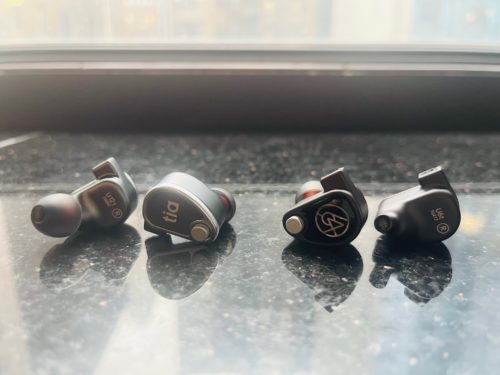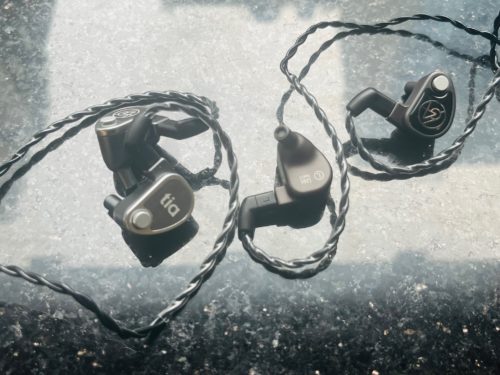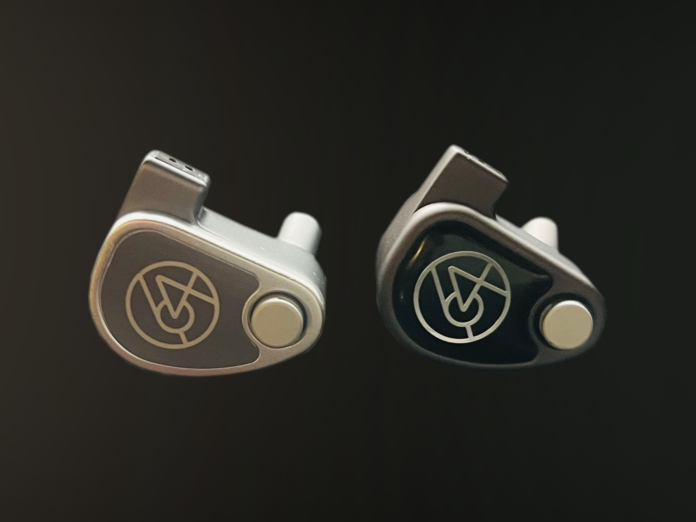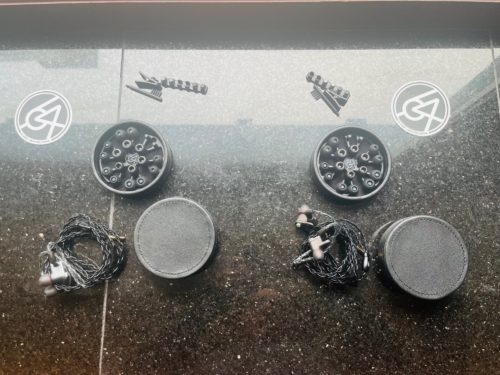The 64 Audio U12t has been around for while, and has become well known for being a fantastic analytical IEM. The U6t, on the other hand, is a newer model, and offers different characteristics, such as tuning and soundstage. Having six less drivers than the U12t, the U6t is also almost half the price. What differences can you expect between these two models, and just how much better does the U12t perform? Let’s find out in this 64 Audio U12t vs U6t Review.
In the Box
|
64 Audio U12t |
64 Audio U12t |
|
|
|
|
|
|
|
|
|
|
|
|
|
|
|
|
Design and Feel
As the name suggests, the U12t sports twelve balanced armature drivers – 4 lows, 6 mids, one mid-high Tia driver, and one Tia for the highs. (The tubeless Tia drivers are designed to reduce resonance and add to the naturalness of the sound profile.) In contrast, the U6t employs only 6 balanced armature drivers- 2 lows, 2 mids, 1 hi-mid, and a Tia driver for the highs. Both IEMs include Apex (Air Pressure Exchange) modules that are designed to minimize listener fatigue.
Both IEMs are the same size, offering an understated design with a snug, ergonomic fit. The only difference to note is that the U6t displays shinier shells, hinting at the “more fun” or less conventional 64 Audio sound signature.


Sound Impressions
Sounstage
Perhaps because of their different tunings, the U6t presents a more colorful soundstage than does the U12t. Since the upper mids are slightly boosted on the U6t, instruments in that range pop more within the imaging space. The same can be said of the lower frequencies, with the extra meatiness of the U6t adding more grandness to the stage.
Low-End
The U12t and U6t present similar bass presence, though the low to sub bass frequencies pound slightly harder on the U6t and feel more visceral. However, listening to double basses, it becomes clear that the U12t is much cleaner in this range, revealing better definition, while the U6t conveys a thicker, less controlled feel.
Mids
The U6t is a little edgier in the mids, with upper mids getting a more attention than the lower mids. Snares hit harder, and vocals shine through the mix more than the do on the U12t. In contrast, U12t presents a more even midrange, giving tracks with heavy instrumentation a full bodied feel. It is unsurprising that separation is superior on the U12t, though the level of transparency on the U6t doesn’t fall too far behind.
Highs
Both IEMs show great control in this range. Neither models feel particularly extended, and there was nothing piercing or uncomfortable about either models at the highest treble points. The U12t and U6t also go head to head with respect to transparency in this range. Strings, for instance, displayed a similar level of nuance. And listening to vocals in the highs, both, the U12t and U6t exhibited the same breathy, velvety quality. So, at the end of the day, there is not enough discernible difference in the highs on which to base your purchasing decision.
Summary
The U6t is certainly the more dynamic of the two models, displaying emphasis in the upper midrange, while the U12t is more even in the mids. However, the U12t reveals a significantly cleaner profile, especially in the lower frequencies, while the U6t is less nuanced in the lows to lower mids. So, in terms of skill, the U12t is, unsurprisingly, the winner. But all in all, it comes down to the fact that the more evenly balanced U12t is better suited for critical listening, while the U6t might prove a more fun and lively listening experience for those who prefer a more active sound signature.
You can buy both, the 64 Audio U12t and U6t at Audio 46.
Specifications
|
64 Audio U12t |
64 Audio U6t |
|
| Frequency Range | 3 Hz-20 kHz | 10 Hz-20 kHz |
| Impedance | 12.6 Ohms | 10 Ohms |
| Sound Pressure Level (SPL) | 108 dB | 108 dB |
Compare the ranking of various headphones, earbuds and in-ear monitors using our tools.
Discuss this, and much more, over on our forum.
---MAJORHIFI may receive commissions from retail offers.















